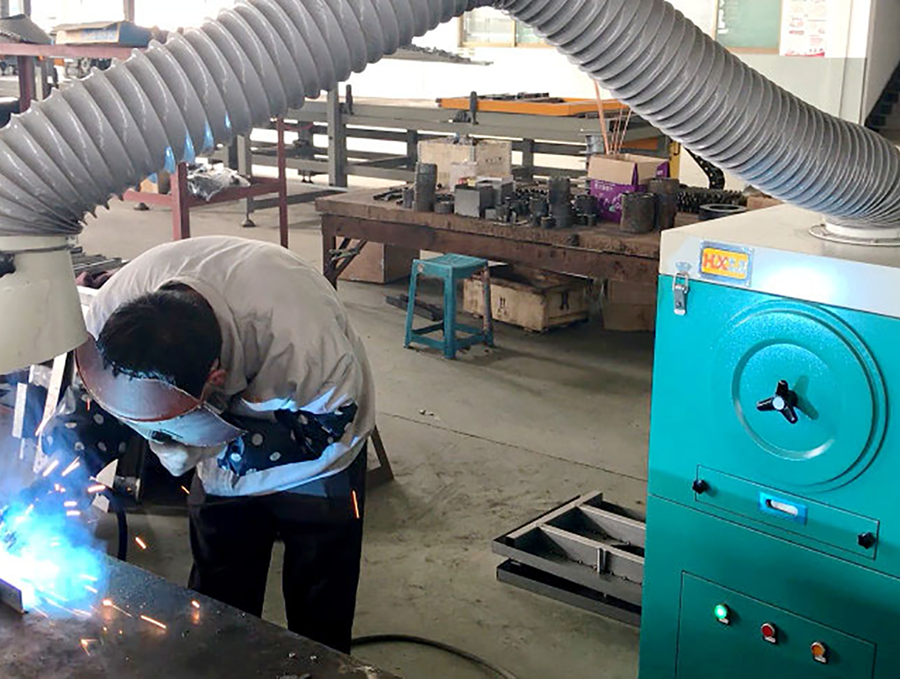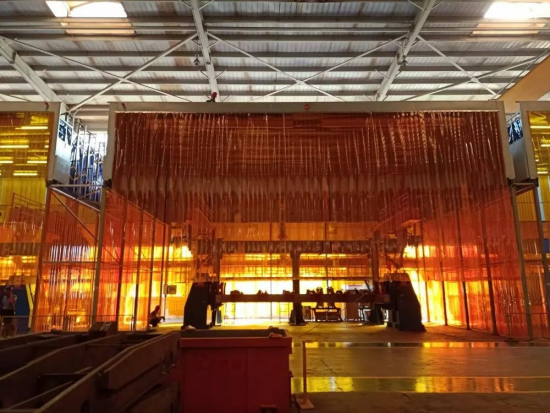What is the difference between dust extractor and dust collector?
Corporate News
2024-09-01 19:23:50
The terms "dust extractor" and "dust collector" refer to equipment used for managing dust and particulate matter, but they serve slightly different purposes and are used in different contexts. Here's a breakdown of the differences:
Dust Extractor
- Purpose: Primarily designed to capture dust and debris at the source, often used in conjunction with power tools like sanders, saws, and grinders.
- Design: Typically portable and smaller in size, making it easy to move around a workshop or job site.
- Application: Commonly used in woodworking, metalworking, and construction industries for direct attachment to tools.
- Filtration: Generally features a finer filtration system to trap smaller particles, often including HEPA filters.
Dust Collector
- Purpose: Designed for larger-scale dust management, often used in industrial or commercial settings to collect dust from multiple sources.
- Design: Usually stationary and larger in size, capable of handling higher volumes of air and dust.
- Application: Commonly found in factories, woodworking shops, and manufacturing plants where multiple machines generate dust.
- Filtration: May have less stringent filtration than dust extractors, but can still be equipped with various filter options depending on the dust type.
Summary
- Dust Extractors: Portable, tool-specific, fine filtration.
- Dust Collectors: Stationary, designed for multiple sources, larger volume handling.
Understanding these differences can help you choose the right equipment for your dust management needs.

![[Dust Removal Case] Plate Welding Dust Removal Solution for a State-owned Coal Mine Machinery Comp](/d/file/p/2024/10-28/fa90a7026c233450e7f014c8eb9d79c5.png)
